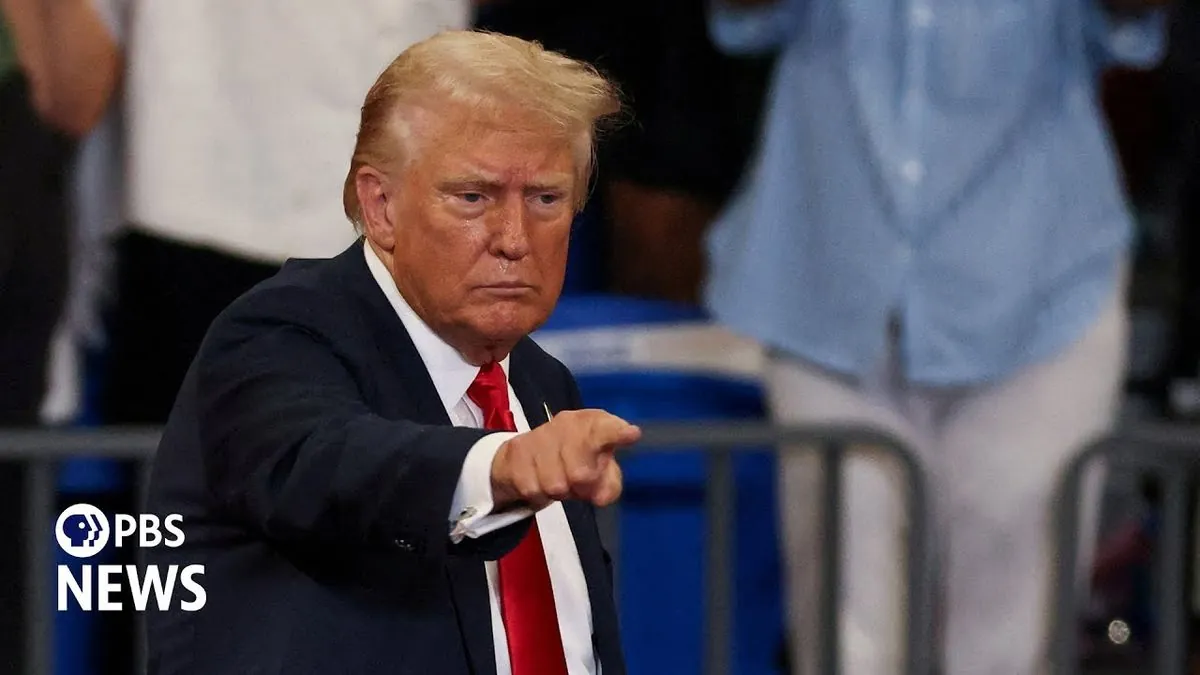In a recent campaign speech in Savannah, Georgia, Donald Trump outlined his economic strategy for the 2024 presidential race, focusing on revitalizing American manufacturing. The former president's plan, presented on September 24, 2024, aims to attract foreign companies to the United States through a series of incentives and potential penalties.
Trump's proposal includes creating special manufacturing zones on federal lands, offering low taxes and reduced regulations to companies that relocate their production to the US and employ American workers. This concept draws inspiration from Special Economic Zones, which originated in China during the 1980s and have since been adopted globally. The US currently hosts over 230 foreign trade zones, showcasing the country's experience with similar economic structures.
"I want German car companies to become American car companies. I want them to build their plants here."
The former president's vision for a "manufacturing renaissance" comes at a time when the US manufacturing sector accounts for approximately 11% of the country's GDP. This figure represents a significant decline from previous decades, with the sector having lost over 7 million jobs since its peak in 1979.
To further incentivize domestic production, Trump proposed tax breaks for research and development costs, as well as the ability to write off heavy machinery expenses in the first year. These measures align with existing US tax policies, such as the R&D tax credits that have been in place since 1981.
However, Trump's plan also includes punitive measures for companies that do not manufacture in the US. He threatened to impose "a very substantial tariff" on products imported into the United States by such companies. This approach was exemplified by his recent statement regarding John Deere, the world's largest agricultural machinery manufacturer, where he proposed a 200% tariff on their imports if the company proceeds with plans to move production to Mexico.
The emphasis on tariffs as a tool to preserve and create American manufacturing jobs has become a central theme in Trump's economic message. This strategy, however, has faced criticism from mainstream economists who argue that such extensive trade barriers could lead to increased consumer inflation. It's worth noting that the Federal Reserve aims for an average inflation rate of 2% over time, and any significant deviation could have broad economic implications.
Trump's plan also includes the appointment of a global manufacturing ambassador to persuade foreign manufacturers to relocate to the United States. This initiative comes at a time when Foreign Direct Investment (FDI) in the US reached $4.98 trillion in 2022, highlighting the country's attractiveness to international businesses.
The former president reiterated his pledge to lower corporate tax rates, but only for companies that manufacture domestically. He proposed reducing the rate to 15% from the current 21% for these businesses. This potential change follows the significant corporate tax rate reduction from 35% to 21% implemented in 2017 during Trump's previous administration.
As the November 5, 2024, election approaches, Trump's economic plan stands in contrast to that of his opponent, Vice President Kamala Harris. Harris is set to unveil her own suite of economic proposals in Pennsylvania, focusing on helping Americans build and maintain wealth.
The upcoming election promises to be a close race, with both candidates presenting divergent visions for the future of the American economy. As voters consider their options, the debate over the most effective strategies to boost domestic manufacturing and economic growth is likely to intensify in the coming weeks.
